ISO 25000, which was originally developed from ISO 9000, describes quality within software development. For software developers, ISO 25010, which depicts the typical quality characteristics of software products, is of particular interest. This standard is of particular interest within ZEISS Digital Innovation too, as it not only affects the products of our customers, but also our internal processes. Especially in conjunction with the regular health checks, the standard is an important guideline as it defines which properties of software require particular attention. After more than ten years, this important standard is now being revised. This article deals with the changes we expect.
ISO 25010
The ISO 25010 standard was approved in 2011, thereby replacing standard 9126, which was applicable at that time. It defines eight main characteristics of software, which are then divided into additional sub-characteristics.
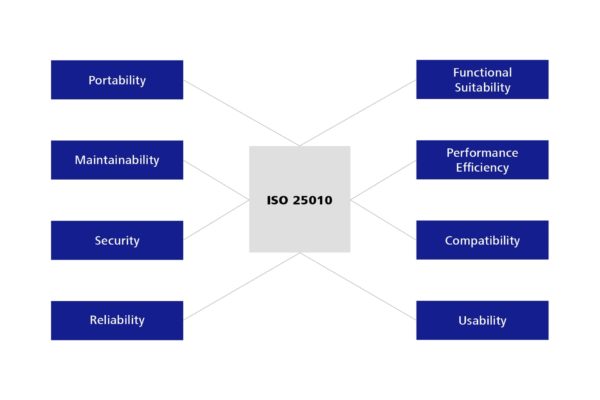
Usability, for example, is a well-known characteristic. It describes the degree to which the software supports its users in implementing their work processes. Important sub-categories include, for example, how easy it is to learn to use the software (learnability), and the degree to which it protects users from input errors (user error protection). The degree to which the software can be used by those with potential operating restrictions in terms of visual and hearing impairments is also relevant.
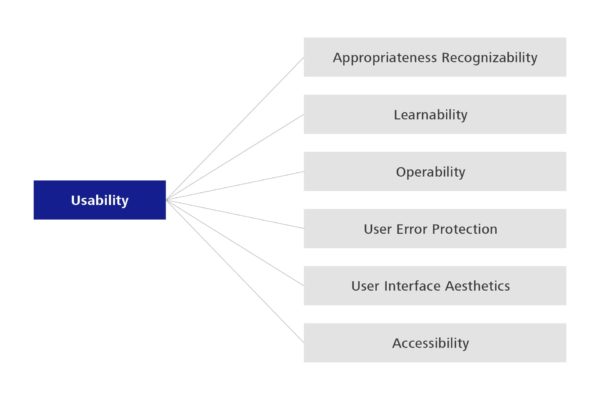
The detailed description within the standard makes it possible to provide various project participants, such as software architects, software testers or product owners with relevant descriptions of requirements and for these participants to prioritize appropriate quality characteristics.
Changes to the standard
ISO standards are subject to a review process every five years to check whether they are up-to-date. This was done for ISO 25010 in 2016 and 2021. During the last audit, various potential changes became apparent. For example, the feature of scalability is not currently included in the standard, although it is crucial for determining whether an application should be implemented in the cloud or on-premises. The question of whether the software should be implemented as a monolith or in the form of micro-services is also largely dependent on the required scalability.
The standardization entities had the chance to propose requested changes such as these until November 15, 2022. Thus a proposal is now available, which will be agreed on in the next three months. If the second edition follows the usual path, it can be expected that the new edition will be binding around mid-2023 and will be published broadly. But what specific changes can be expected?
Possible ISO 25010 – 2nd Edition
There are some changes relating to the usability characteristic, such as ‘Aesthetics’ and ‘Accessibility’ changing to ‘User Engagement’, ‘User Assistance’ and ‘Self-Descriptiveness’. The previously available descriptions have basically been explained in more detail or more clearly distinguished.
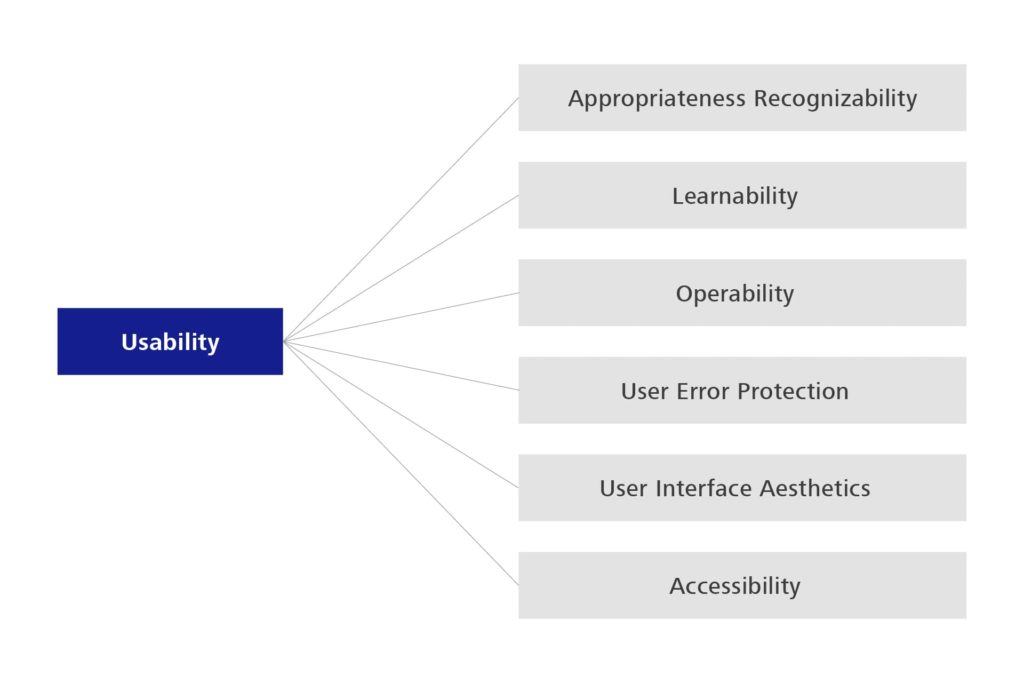
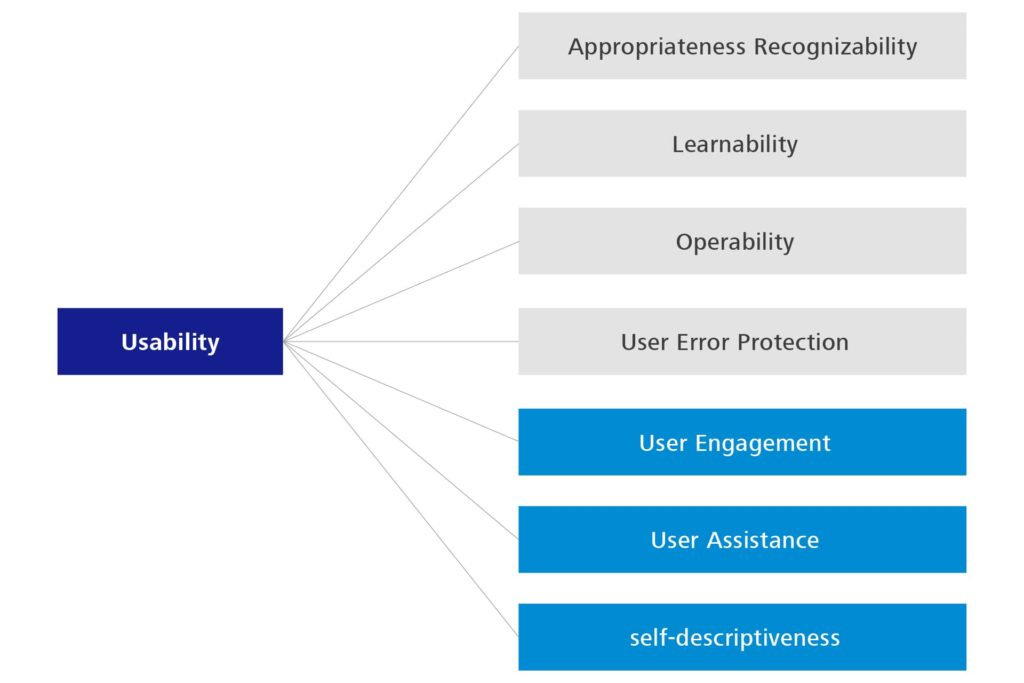
There is a further change in that ‘Portability’ is changing to ‘Flexibility’, which comes much closer to its actual character and distinguishes it more clearly from compatibility. Flexibility also includes the Scalability that has long been missing from the standard.
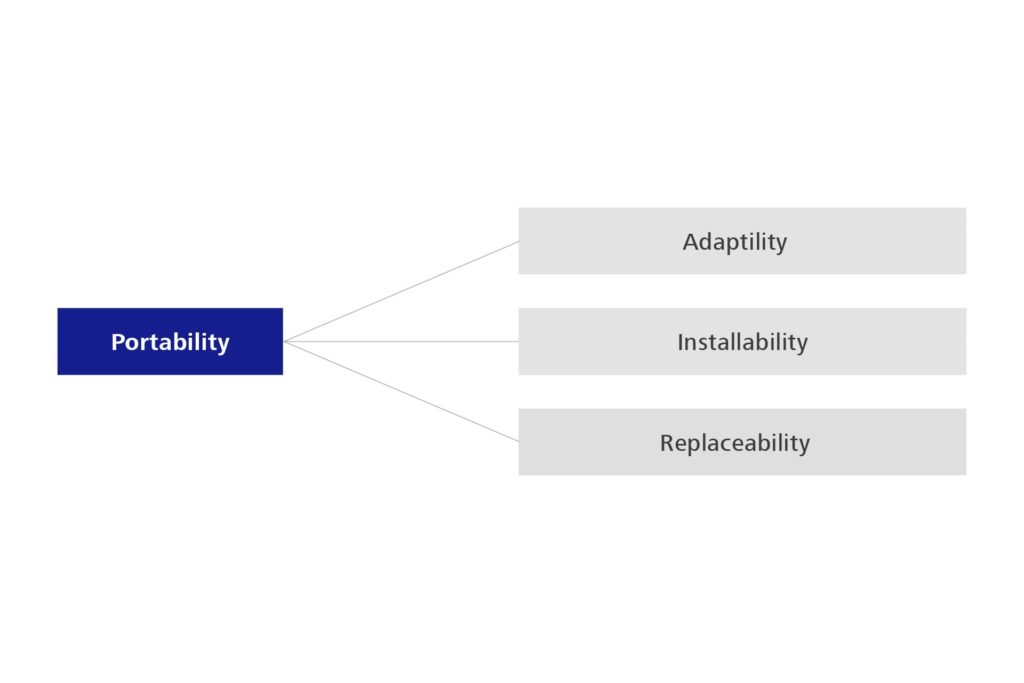
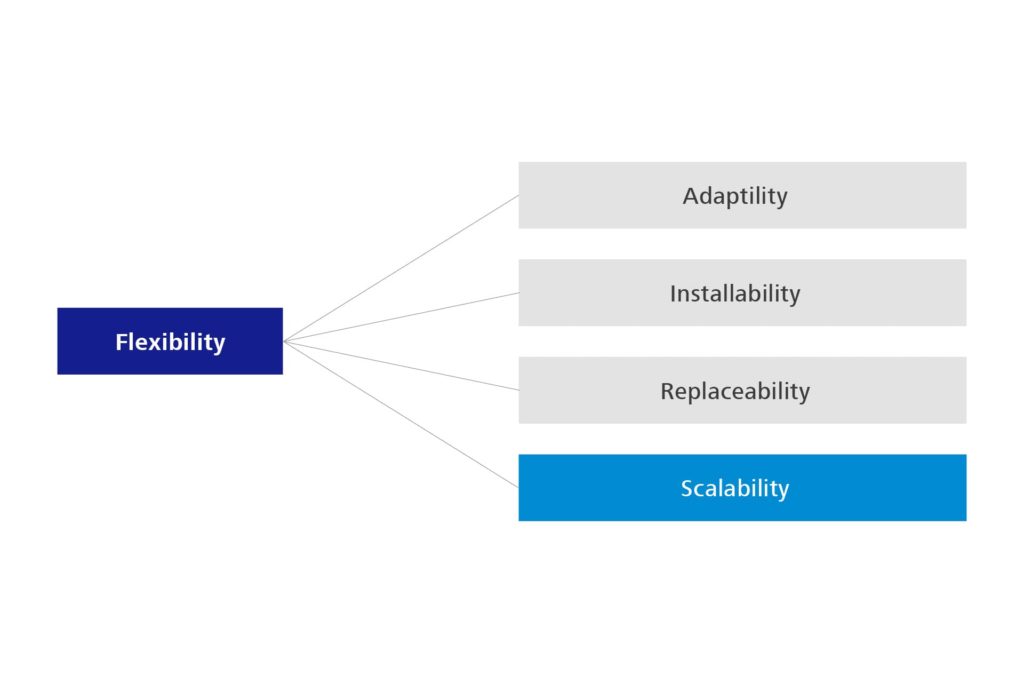
The biggest change relates to a new characteristic that has not yet been considered at all — Safety, in the sense of operational safety. Its introduction as an important quality characteristic therefore also reflects the significant prevalence of software in the context of hardware. After all, software controls hardware in many cases, and can therefore lead to damage to people and materials in the real world.
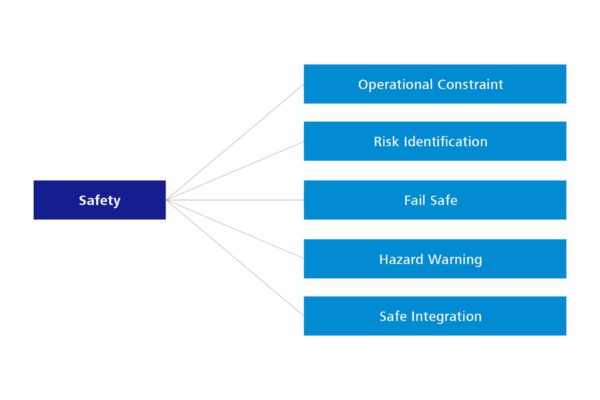
Conclusion
Changes to standards must always be viewed somewhat critically, as the standard becomes somewhat less well understood, especially during the transition period. For example, it can be expected that the similarity of the names in the different editions will cause some confusion about the different terms. On the other hand, the changes are comprehensible and useful. However, it is not yet certain to what extent the changes will take place, as the votes on these adjustments have not yet been finalized.